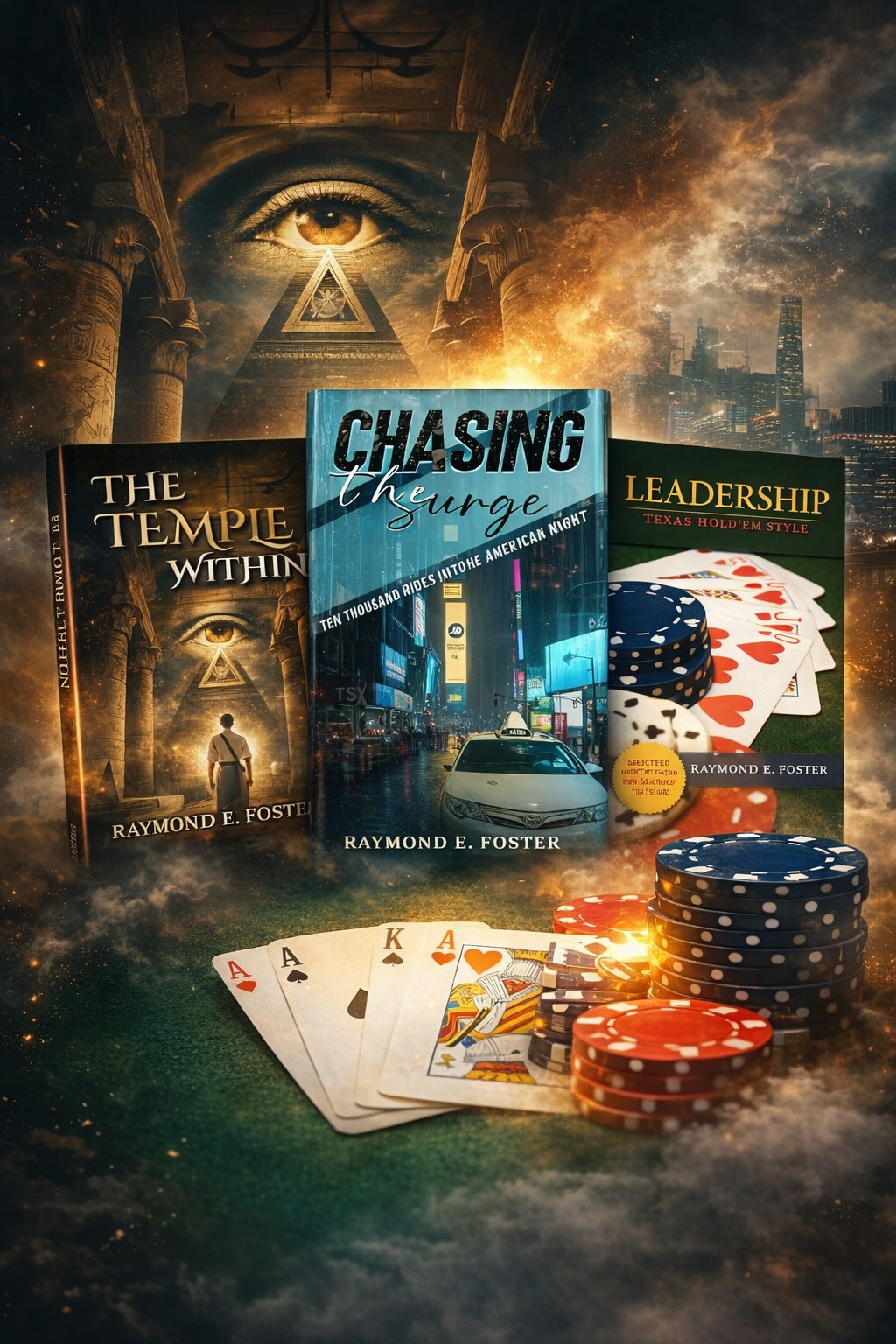|
Defining Leadership
Lieutenant
Raymond E. Foster, LAPD (ret)
This series of articles is about small unit leadership. Not leadership in a
wider organization sense, but leadership down in the weeds. We will be looking
at the kind of leadership necessary for employees involved in highly complex
problem-solving tasks (tactical situations to interpersonal communication
skills). The primary focus is for those leaders practicing their trade with
street cops, small vice or narcotic units, or tactical teams.
Our first step will be to work out a definition of leadership. As we progress
through this series of articles we will explore how leadership skills can be
gained, honed and applied.
Nearly every promotional interview panel asks some type of leadership
questions. Indeed, they often simply ask the interviewee to define leadership.
Ask someone. They will probably work backwards and use the words lead and
leader to define leadership. But, a working definition of the word is critical
before we can apply the concepts to small units.
Defining Leadership
For our purposes leadership is defined as The art of influencing human behavior
toward organizational goals. Leadership is an art. But, like all art it has
its underpinnings in science. Think of a painter. Inside of the painters mind
the picture is waiting to be expressed. But, the painter must know the science
which brush strokes will attain a certain effect, which colors blend to create
the desired color, how is depth obtained, and so on. The art is the
interpretative application of the science. For leadership there are a variety
of model and theories with which the leader can draw upon. But, to practice his
or her art, the leader must know the science.
Influencing best describes the all encompassing behaviors a leader might use.
For instance, during a tactical situation wherein the leader behavior is likely
to be highly directive, the leader influences by giving orders. At other times,
when employees are involved in completing tasks outside the direct observations
of the leader, influence may come in the form of prior training, counseling or
direction. Our point is that to influence the leader does not need to be
present during the completion of the task.
Leadership is about human behavior. For small unit leaders there are two
underlying concepts about human beings. First, you can not always predict what
a human being is going to do. Certainly, you can make accurate
generalizations. But, you cannot know with any degree of certainty how every
human will react or act. There are too many variables, too many unknowns.
Second, you cannot change people. That's a newsflash to many! After a certain
age (and anyone in our small units has certainly passed the age), people do not
change. Now, their may be a pilot light inside of them waiting for a spark.
But, if there is no gas running to the pilot light all the fire in the world is
useless. A leader must accept that all they can do is modify a human beings
behavior. The key concept is that the leadership task is about working with and
influencing human behavior.
In small units, leadership is not about attainment, it is about movement. This
is a key concept and the reason the word toward appears in our definition.
Strategic goals, unit goals, unit membership and the environment are constantly
changing. Leadership is a full-time, continuous occupation. Its about
preparing for the next tactical incident, inculcating the newest member,
attaining the latest measurable goal. It is constant, moving, fluid and
dynamic. It is toward.
Your small unit was created by the organization to accomplish some goal. It is
critical for the leader to remain focused on the organizational goals, not the
leaders goals. Too many small units pursue the leaders goals and not the
organizational goals. A great leader is always focused on the organizational
goals. Some are asking but what about competing concerns.
So, leadership is the art of influencing human behavior toward organizational
goals.
Before you rattle off about being a company man, re-read the definition and the
explanations. Human beings are in the center of our definition.
There is no organize without the people who need it or the people who comprise
it. Our central theme throughout this series is going to be - how does the
leader balance the needs of the follower, the organization and in policing, the
community?
|
